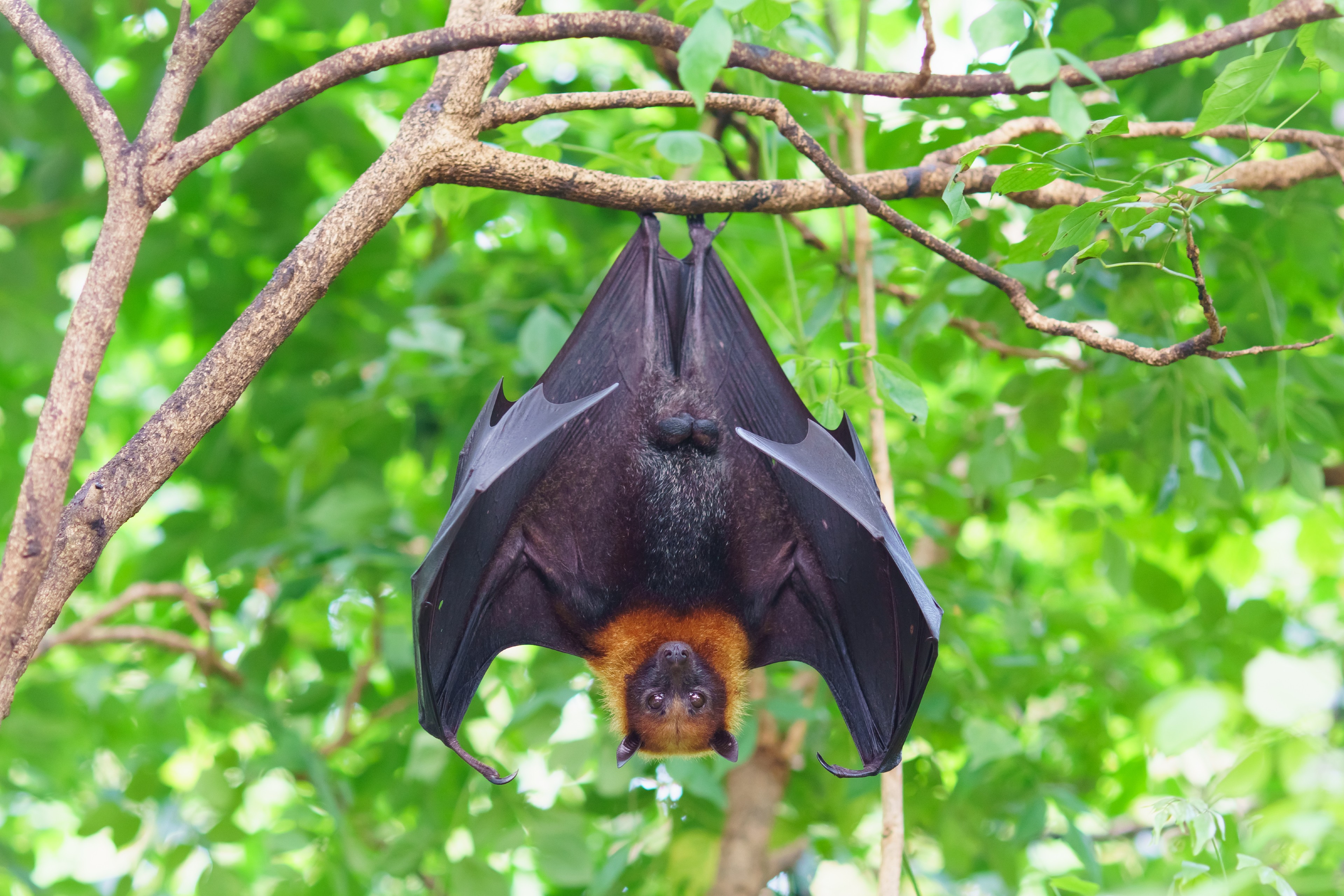The Fascinating and Misunderstood Creatures of the Night
Bats are often portrayed as scary and dangerous creatures in popular culture, but in reality, they are fascinating and essential animals that play a crucial role in our ecosystem. With over 1,400 species worldwide, bats are some of the most diverse and successful mammals on the planet. In this article, we will explore the incredible world of bats and learn more about these misunderstood creatures.
What are Bats?
Bats are mammals that belong to the order Chiroptera, which means "hand-wing" in Greek. They are the only mammals capable of sustained flight, and they have a unique ability to navigate in the dark using echolocation. This means they emit high-pitched sounds and use the echoes that bounce back to detect objects and prey in their environment. Bats have large ears and long, thin fingers that are connected by a thin membrane of skin, which makes up their wings.
Bats are found in every continent except Antarctica, and they inhabit a wide range of habitats, from deserts to rainforests, caves, and even cities. They come in different sizes, from the tiny bumblebee bat, which weighs less than a penny, to the giant flying fox, with a wingspan of over five feet.
Why are Bats Important?
Bats play a vital role in our ecosystem, and their benefits cannot be overstated. They are pollinators, seed dispersers, and insect controllers. Bats pollinate over 500 species of plants, including many fruits, nuts, and cacti. Without bats, we would not have bananas, avocados, or tequila.
Bats are also essential seed dispersers, as they feed on fruits and spread seeds across vast distances, allowing plants to colonize new areas. Insectivorous bats are voracious predators of insects, including mosquitoes, moths, and agricultural pests. A single bat can eat up to 1,000 insects per hour, which helps to control the spread of diseases and reduce crop damage.
Bats also provide crucial ecosystem services, such as nutrient cycling and pollination, which support the growth of plants and other organisms. They are an integral part of many food webs and are an important food source for many predators, including owls, hawks, and snakes.
Why are Bats Misunderstood?
Despite their ecological importance, bats are often misunderstood and feared by humans. This is partly due to their association with spooky and dark places, such as caves and abandoned buildings. Bats are also often depicted as bloodthirsty vampires in popular culture, which is a myth as only three species of bats feed on blood, and they do not feed on humans.
Another reason for their negative image is the fear of rabies. While it is true that bats can carry the rabies virus, less than 1% of bats are infected with it, and only a small fraction of those that carry the virus will transmit it to humans. In fact, most human cases of rabies in the United States are caused by exposure to infected domestic animals, such as dogs and cats.
How can we Help Bats?
As with many other species, bats are facing numerous threats to their survival, including habitat loss, climate change, and disease. One of the most significant threats to bats is the loss of their roosting sites, such as caves, trees, and buildings. The destruction of these habitats can lead to a decline in bat populations and disrupt their important ecological functions.
To help bats, we can take simple steps, such as providing bat houses, which can provide a safe and suitable roosting site for bats. Bat houses can be installed in backyards, parks, and other areas to provide shelter and protection for bats. Additionally, reducing the use of pesticides and supporting organic farming practices can help to promote healthy populations of insects, which are a crucial food source for many bat species.
Another way to help bats is to support conservation organizations that work to protect and conserve bat populations and their habitats. These organizations work to raise awareness about the importance of bats and their role in our ecosystem, conduct research to better understand bat behavior and ecology, and advocate for policies that protect bats and their habitats.
It is also important to dispel myths and misconceptions about bats and educate people about their benefits and ecological importance. This can be done through outreach and education programs in schools and communities, as well as through public events and media campaigns.
Labels: Animals, Interesting


0 Comments:
Post a Comment
Subscribe to Post Comments [Atom]
<< Home